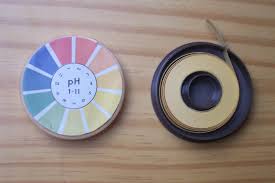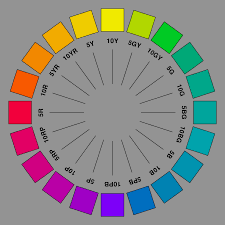What does the pH value of a chemical solution denote?« Back to Questions List
|
In order to understand what pH denotes, we must understand acids and bases. Acids when added to a solvent release hydrogen ions (H+) into a solution. When HCl is mixed with water, it releases H+ and Cl- ions. Hydrochloric acid (HCl) is a ‘strong‘ acid which means on adding 100 molecules of HCl to water, 100 H+ ions get added to water. There are also weak acids. On adding weak acids, not all but only a fraction of weak acid molecules donate H+ ions.
Bases are chemicals that accept H+ ions from the solution. Sodium hydroxide (NaOH) is a strong base. When added to water, molecule splits as Na+ and OH- ions. Then OH- combines H+ from water to form H2O, thus trapping H+ from the solution. ‘Strongly basic’ solution results in large number of hydroxyl ions than hydrogen ions in the solution.
We see that the number of hydrogen and hydroxyl ions may range in millions. Now in order to deal with such large numbers easily, pH was defined. The word pH is said to denote potential Hydrogen. It is a logarithmic measure of free hydrogen ions in a solution. Mathematically, pH value is equal to −log10 c, where c is the hydrogen ion concentration in moles per liter. The value of the pH generally ranges from 1 to 14.
Pure water has a pH of 7. If chemical substances mixed with water have a pH less than 7, it is acidic and more than 7 means an alkaline (basic) solution. Also pH value of 2 is considered 10 times more acidic than the pH value of 3 and pH of 11 is considered more basic than pH of value 10. Thus pH expresses the acidity and alkalinity with the help of simple numbers. |


